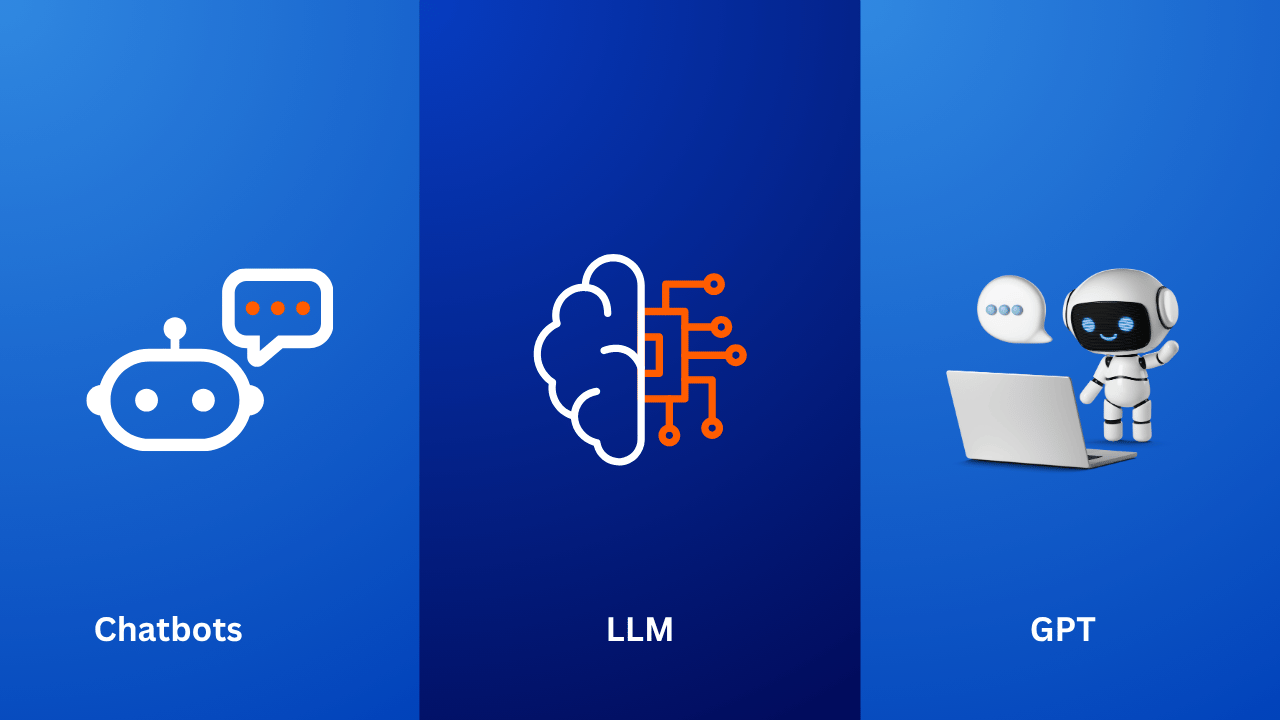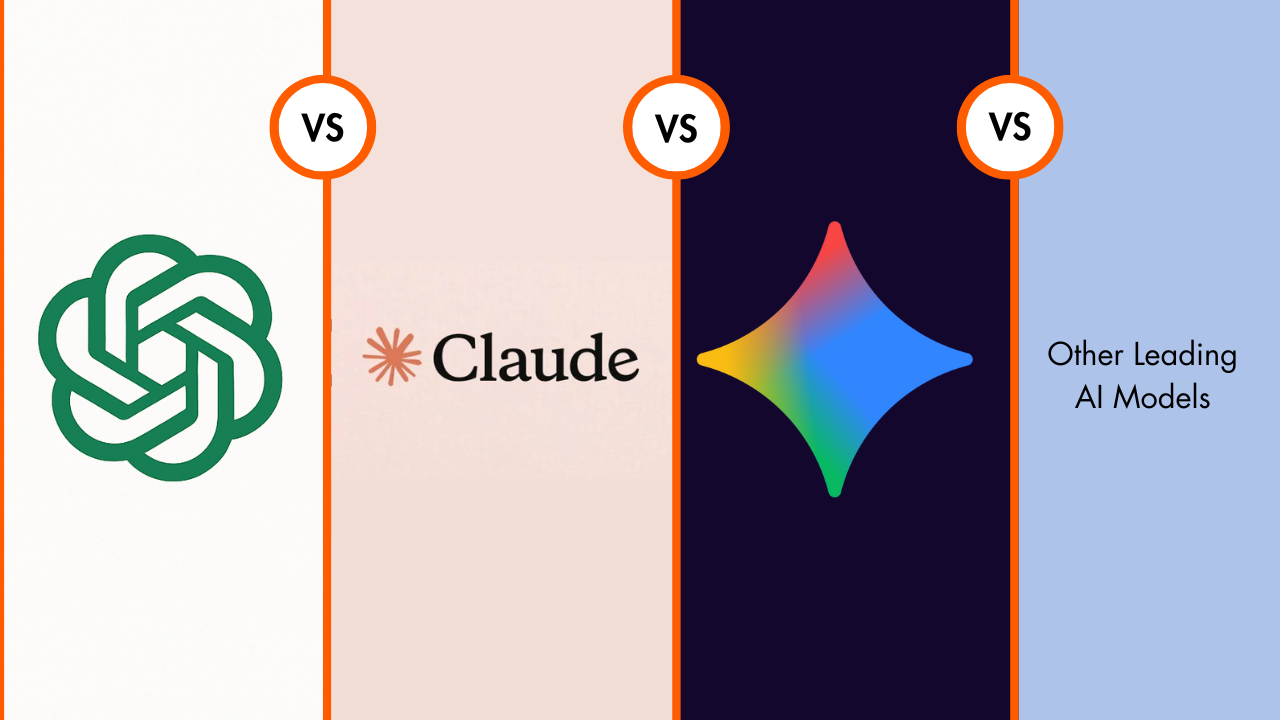A comprehensive guide to the top AI agent tools of 2025, covering key features, trends, autonomy levels, integrations, use cases, and practical tips to choose the right AI agent system for your business.
In recent years, AI agents, autonomous or semi-autonomous systems that can perform tasks, make decisions, interact with users or other systems, have moved from theoretical curiosities to impactful tools across industries. Whether you’re streamlining workflows, enhancing customer service, or automating complex tasks, agents are becoming central to how businesses and creators build value.
This
blog will explore what defines top AI agent tools, trends driving them, key
tools to watch in 2025, and how to choose the right one for your use case.
What Makes an AI Agent Tool “Top Tier”
Here
are some criteria that distinguish the best:
- Autonomy:
How much initiative the agent can take (e.g., breaking down goals, handling
sub-tasks, proceeding without constant user input).
- Memory
& Context: The ability to remember past interactions and keep context
across tasks or user sessions.
- Tool
& API Integration: Can the agent interact with other systems (APIs,
external tools, databases, web services)?
- Multi-Agent
/ Task Delegation: Can multiple agents collaborate (supervisors/workers), or
handle complex multi-step tasks?
- Ease
of Use vs Customization: No-code interfaces, templates vs ability to customize
deeply (for developers).
- Reliability
& Safety: Minimizing hallucinations, secure handling of data, and proper
error handling.
- Scalability:
How well it scales (tasks, users, usage), performance across platforms or
environments.
Key Trends in AI Agent Tools (2025)
- Rise
of Open-Source Agent Frameworks: Tools that let developers build, deploy, and
share agents with transparency.
- No-Code
/ Low-Code Platforms: For non-developers to build agents with drag-and-drop
logic or template workflows.
- Multi-Agent
Systems: Multiple agents cooperating, sharing context, splitting work.
- Domain-Specific
Agents: Tools focused on customer support, sales, research, legal, HR, etc.
Agents specialized in specific verticals.
- Frameworks
with Memory / Reflection / Tool-Use: Agents that can use tools, reflect on
performance, and adjust strategies.
Top AI Agent Tools & Platforms to Watch
 Here
are notable agents or platforms gaining traction as of 2025, with use-cases and
distinguishing features.
Here
are notable agents or platforms gaining traction as of 2025, with use-cases and
distinguishing features.
|
AutoGPT |
Fully
autonomous agent capable of breaking user goals into sub-tasks, web browsing,
file operations. |
Researchers,
content creators, personal productivity →
automating sequences of steps without micromanagement. |
Open-source,
flexible. But risk of loops, hallucinations; needs good oversight. |
|
Devin
AI |
An
AI “software developer” agent that helps automate development tasks. |
Teams
who want code generation, automating parts of dev process. |
Helps
reduce dev effort; trade-off: need careful verification of code output. |
|
Ciroos |
AI
agents for operations / SRE (site reliability engineering): proactively
detect anomalies, automate incident response, integrate with tools like
Datadog, Jira, Slack. |
Ops
/ DevOps teams; organizations with complex production infrastructure. |
Strong
in alerting, incident response; more technical setup needed. |
|
Manus |
Autonomous
agent that can perform complex real-world tasks without continuous guidance;
decision-making, planning. |
Users
wanting high autonomy, taking a “hands-off” approach for certain workflows. |
Impressive
autonomy; potential challenges around reliability, ethical/safety concerns. |
|
Lindy |
No-code
/ low-code multi-agent workflows for productivity, support, marketing, etc. |
Non-technical
business users, marketing/sales teams, anyone wanting workflow automation
without dev skills. |
Easy
onboarding; may trade off fine control or deep customization. |
|
Vertex
AI Agent Builder (Google) |
Tool
from Google Cloud to build agents; benefits from Google’s infrastructure,
model backends, security and integration. |
Organizations
already using Google Cloud / wanting enterprise support. |
Good
scalability, enterprise features; may have steeper costs or cloud
dependencies. |
How to Choose the Right AI Agent for You
Here
are practical tips for picking a tool that fits your needs:
Define your goals clearly
What
tasks do you want the agent to do?
How
much autonomy? Simple workflows vs multi-step decision chains?
Check integration needs
Does
it need to connect to your tools (CRM, databases, Slack etc.)?
Can
it use existing APIs or data sources?
Estimate oversight / error tolerance
More
autonomy usually means more risk. You’ll want logs, failures, rollback, etc.
Evaluate ease of customization vs speed
If
you’re non-technical, no-code tools may be better. If you need very tailored
behavior, open-source / dev tools are preferable.
Budget & cost of ownership
Licensing
fees, cloud costs, and infrastructure. Also, the cost of monitoring /
maintenance.
Security, privacy, compliance
Data handling, credentials, and user access control. Particularly important in regulated industries.
Challenges & Things to Be Aware Of
- Hallucinations
/ incorrect outputs: Agents can still go wrong when dealing with ambiguous
instructions or insufficient data.
- Drift
over time: Behavior may degrade if not fine-tuned, or when APIs/tools change.
- Over-automation
risk: Automating interaction without human oversight can lead to poor user
experience or ethical issues.
- Compute
/ infrastructure costs: Autonomous agents, multi-agent systems, and tool
integrations can be resource-intensive.
- Ethical,
privacy & security concerns: Especially when agents handle sensitive
information.
Final Thoughts
AI
agents are rapidly maturing from experimental to essential tools across
industries. Whether you're a small business trying to automate customer
outreach, a developer wanting to scale operations, or a team looking to cut
repetitive tasks, there’s likely an AI agent tool that fits your needs.
If I
had to pick one bottom-line takeaway, it would be to focus on a tool that
balances autonomy and oversight, integrates well with your existing systems,
and gives you room to iterate
















